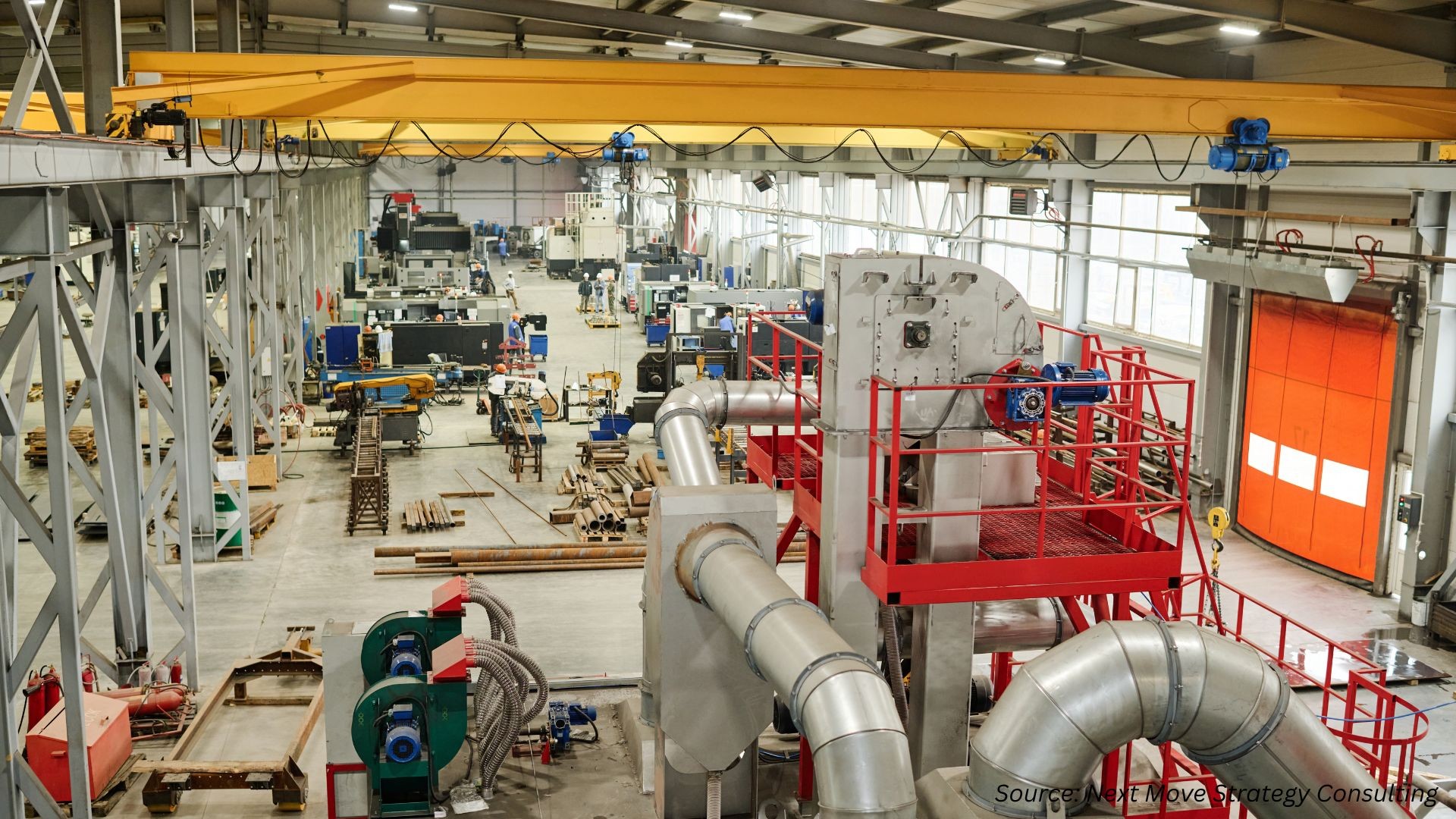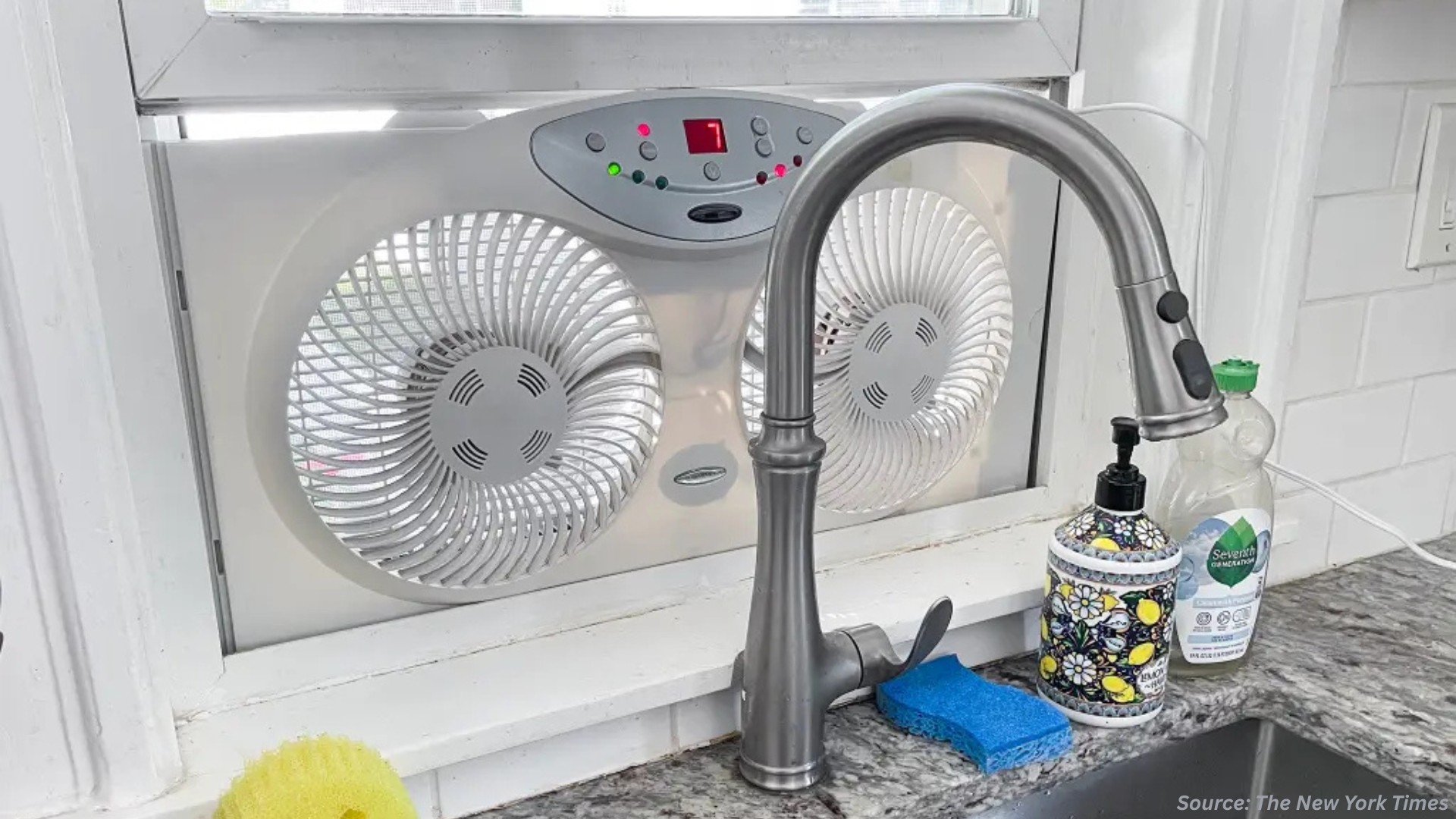Latin America elevator market is expected to reach USD 3.85 Billion by 2030
Published: 2025-01-07
The surge in construction sector within the region is driving the demand for the Latin America elevator market during the forecast period.
Latin America Elevator Market size was valued at USD 2.60 billion in 2023, and is predicted to reach USD 3.85 billion by 2030, at a CAGR of 4.7% from 2024 to 2030, according to new research by Next Move Strategy Consulting. The elevator market is growing due to the expanding construction sector in Latin America, marked by a surge in infrastructure projects and real estate developments. This surge in construction generates increased demand for elevators, particularly in the proliferation of high-rise residential and commercial buildings within urban areas.
Additionally, the momentum within the construction industry, along with a focus on modernizing existing structures, drives the necessity for elevators and escalators. As buildings aim to meet evolving safety, energy efficiency, and performance standards, there is a growing need for elevator modernization services. Moreover, government initiatives aimed at improving urban infrastructure and sustainability further contribute to market expansion, with investments in public transportation often incorporating provisions for elevators and escalators.
Also, the elevator market is propelled by rapid urbanization within the region. Latin America is currently experiencing rapid urbanization, with countries like Argentina and Peru boasting high urbanization rates of 92.5% and 78.9% respectively. This trend towards urbanization has led to a significant increase in the demand for vertical transportation solutions, especially in high-rise residential and commercial structures across urban areas.
According to a report by Next Move Strategy Consulting, the elevator and escalator market in Latin America surpasses that of other regions, reaching a substantial market size of USD 2.6 billion in 2023. The ongoing construction boom, characterized by numerous infrastructure projects and real estate developments, serves as a driving force behind the heightened demand for elevators. Additionally, there is a growing emphasis on modernizing existing buildings to adhere to safety, energy efficiency, and performance standards, thereby amplifying the need for elevator modernization services. Moreover, government initiatives aimed at improving urban infrastructure and sustainability significantly contribute to market growth, with investments in public transportation systems often incorporating provisions for elevators and escalators.
Nonetheless, the costs linked to installing, maintaining, and enhancing elevators pose notable challenges to market expansion. The initial capital needed for implementing elevator systems, particularly in structures not initially designed for such infrastructure, can place a substantial financial burden on building owners and developers. Additionally, ongoing expenses associated with maintenance agreements, which involve routine inspections and repairs, add to the overall ownership expenditure.
On the other hand, the incorporation of AI-powered predictive maintenance in the elevator sector presents a promising opportunity, utilizing AI to revolutionize maintenance and management practices. By analyzing data collected from elevator sensors, AI algorithms can predict maintenance requirements in advance, minimizing downtime and optimizing elevator operational efficiency. This proactive approach not only prolongs the lifespan of elevator components but also enhances safety by preventing unforeseen breakdowns. It optimizes resource allocation, leading to significant cost savings for elevator companies.
Moreover, well-maintained and reliable elevators contribute to increased user satisfaction, enhancing the overall experience for building occupants and visitors. Embracing AI-driven predictive maintenance enables elevator firms to stay competitive and uphold superior service quality amidst a rapidly evolving market landscape.
Request for a Sample PDF on the Latin America Elevator Market
Several market players operating in the Latin America elevator market include Schindler, Otis Elevator Company, TK Elevator (TKE), Orona , Fujitec Co. Ltd, Hyundai elevator Co. Ltd, Mitsubishi Electric Corporation, Toshiba Corporation, IFE Elevators, Wittur and others.
Key Insights from the Latin America Elevator Market Report:
-
The information related to key drivers, restraints, and opportunities and their impact on the Latin America elevator market is provided in the report.
-
The value chain analysis in the market study provides a clear picture of the roles of each stakeholder.
-
The market share of players in the Latin America elevator market is provided in the report along with their competitive analysis.
















Add Comment